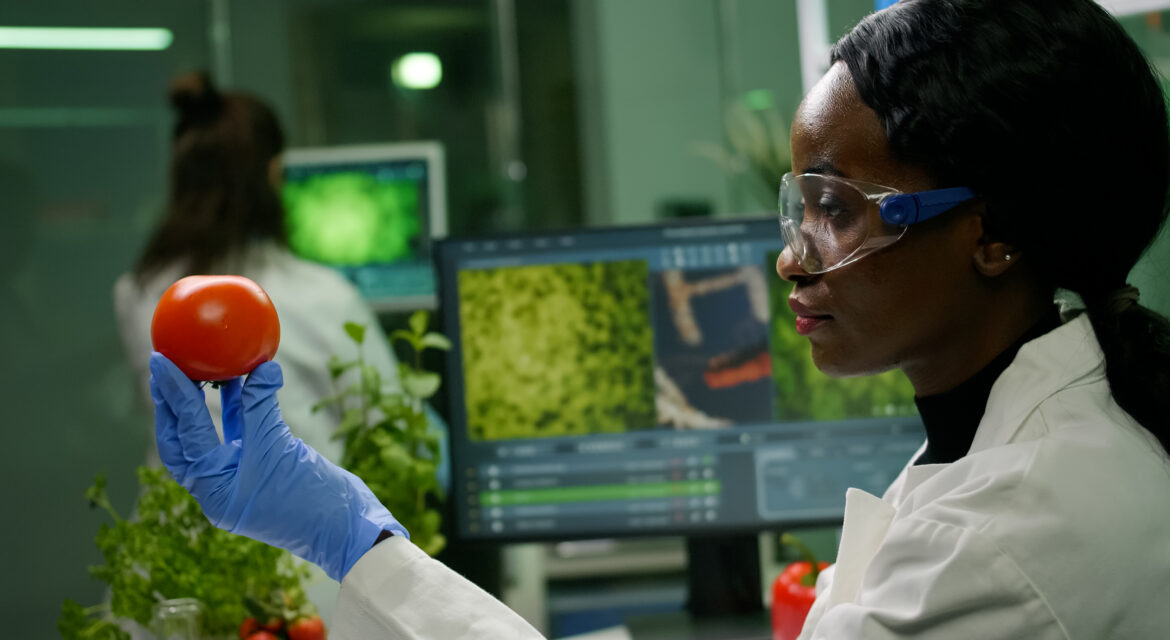 05 July 2022
05 July 2022How technology can solve agricultural issues in Ghana
With many of Ghana’s small farmers unable to afford their own tractors and other items of agricultural machinery, planting, harvesting and a variety of other essential tasks are often difficult and labour intensive. However, in recent years the sector has adopted innovative solutions to bridge gaps in mechanisation and financing, as well as facilitate wider growth and reduce costs. At the same time, digitisation is helping build comprehensive databases to support the more efficient targeting and effectiveness of government programmes. Indeed, the expanding role of technology in the sector creates significant opportunities for investment.
Digital Tools
One such tool is TROTRO Tractor, an Accra-based start-up that links small-scale farmers with tractor hire companies via an SMS booking system. The platform aims to boost productivity and efficiency, while reducing post-harvest losses. The service also incorporates mobile money, digitalising payment process and incorporating internet-ofthings capabilities such as geofencing, data aggregation and payment history. As of August 2021 there were 21,000 farmers signed up for TROTRO Tractor.
Other services, including crop-spraying drones and marketplace links, are now available to Ghana’s independent farmers, outgrower associations, cooperatives and agri-businesses. AgroCenta was founded in 2015 to boost access to markets and finance, reducing the need for intermediaries. The firm offers two platforms, the first of which is CropChain, which facilitates trade between smallholder farmers and consumers. As of early 2022 over 48,000 farmers were signed up for the app, with over $500,000 worth of commodities traded. The second platform is LendIt, which aims to boost financial inclusion among smallholder farmers with digital payments, microlending and crop insurance.
Government Services
The private sector’s innovative solutions align with government efforts to incorporate ICT and open data tools into the sector’s daily operations. In 2015 the Ministry of Food and Agriculture (MoFA) launched the e-Agriculture programme to utilise digital technologies and open data to facilitate the delivery of more affordable, timely and efficient agricultural services. Specifically, it features an e-farm information hotline that farmers can call to find out how to produce a desired crop in their local language, at any time of the day; an e-field extension programme, wherein extension officers report on farming developments to facilitate an accurate and quick response to the sector’s needs; and an e-learning and resource centre, featuring training programmes and a web portal.

Several other government initiatives include e-agriculture components, including Planting for Food and Jobs (PFJ); Planting for Export and Rural Development; One District, One Factory; and One District, One Warehouse. PFJ, for example, included significant public funding towards the MoFA’s e-Agriculture activities. Another programme, Agenda for Jobs, sought to promote the use of ICT in the agricultural value chain to reduce costs; establish a database on all farmers, promote insurance products; disseminate information on weather and prices; and strengthen research programmes.
Results & Prospects
The impact of these efforts have been tangible. Farmers benefitting from the subsidised fertilisers and seeds offered by PFJ register for the service, boosting data accuracy and the monitoring of sector activity. This in turn enables a more responsive approach from the MoFA and other agencies. Data on weather, commodity prices and transport conditions that is distributed free of charge to farmers via digital networks enables them to tailor their activities to meet current market and metrological conditions. Pest control can also be improved, with drones used to distribute pesticides to farms with fall armyworm outbreaks.
Lorem Ipsum has been the industry’s standard dummy text ever since the 1500s, when an unknown printer took a galley of type and scrambled it to make a type simen book. It has survived not only five centuries, but also the leap into electronic typesetting.
Lorem Ipsum is simply dummy text of the printing and typesetting industry. orem Ipsum has been the industry’s standard dummy text ever since the when an unknown printer took a galley of type and scrambled it to make a type specimen book. It has survived not only five centuries, but also the leap into unchanged.




